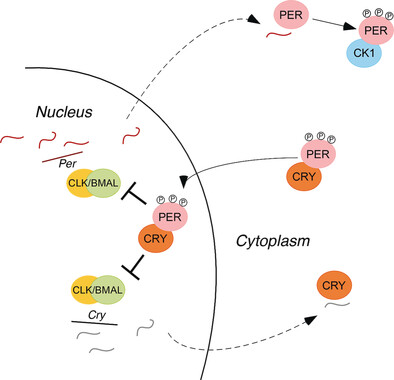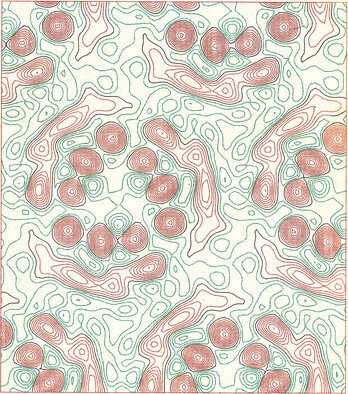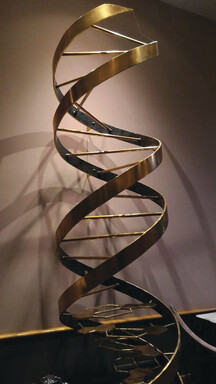Journal list menu
Export Citations
Download PDFs
2025
Click Chemistry: The Certainty of Chance (Nobel Lecture)
- First Published: 20 March 2025
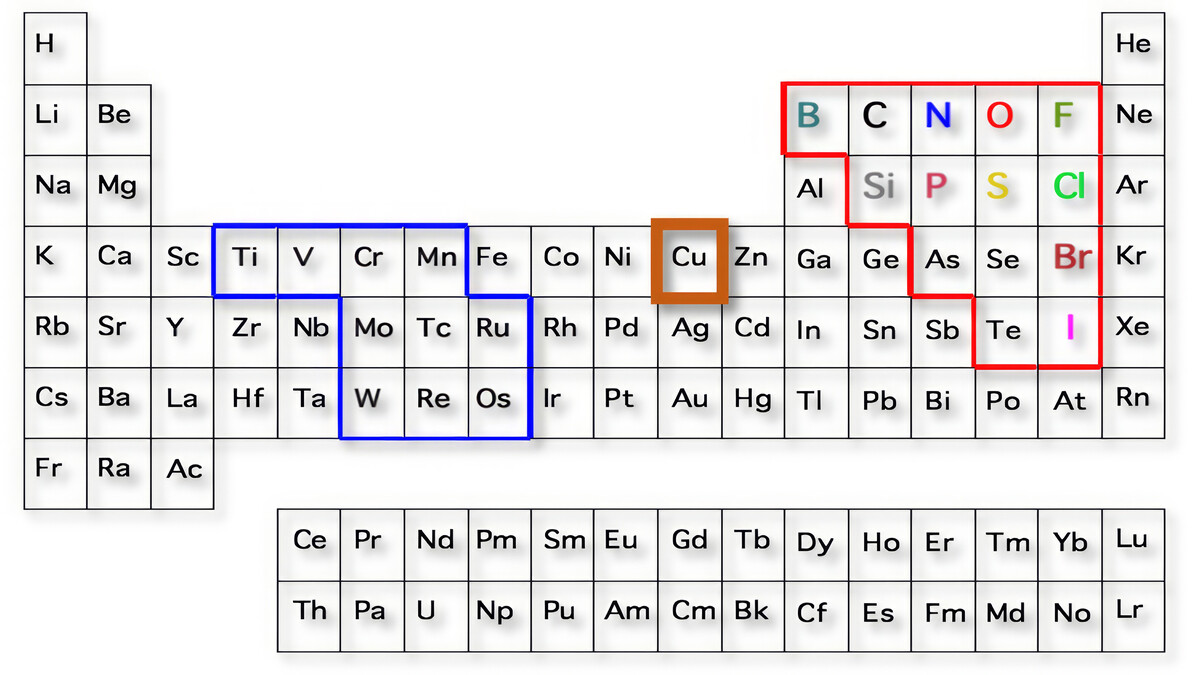
The click chemist's playground: The most important certainty-of-chance outcome of click chemistry was the realization that perfect reactions can exist. Chemistry is about bond-making and bond-breaking reactions between atoms and molecules. So, the emergence of “perfect reaction” status promises to be transformative to the very heart of chemistry, and thence to the range of benefits for mankind that its future evolution may hold.
2019
Innovation by Evolution: Bringing New Chemistry to Life (Nobel Lecture)
- First Published: 21 August 2019
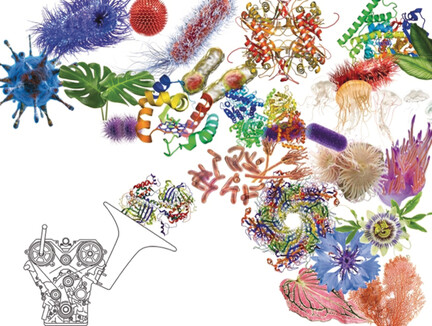
The directed evolution of enzymes is now routinely used to develop new catalysts with various applications, such as in environmentally friendly production of chemicals and renewable fuels. In her Nobel lecture, F. Arnold describes how lessons from nature inspired the development of methods for directed evolution.
Phage Display: Simple Evolution in a Petri Dish (Nobel Lecture)
- First Published: 17 September 2019
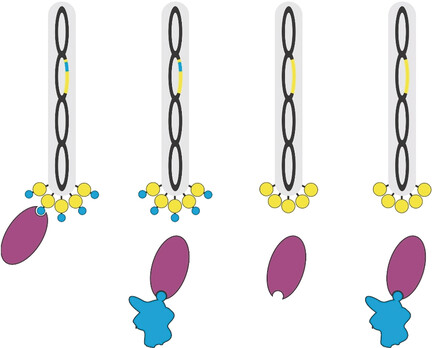
Playing with evolution: In his Nobel lecture, George P. Smith reconstructs the story of the phage-display idea as he personally experienced it. The development of this technique is a case study in how a scientific advance emerges gradually in incremental steps within overlapping global scientific communities.
Harnessing Evolution to Make Medicines (Nobel Lecture)
- First Published: 17 September 2019
2018
Circadian Rhythms and the Transcriptional Feedback Loop (Nobel Lecture)
- First Published: 26 February 2021
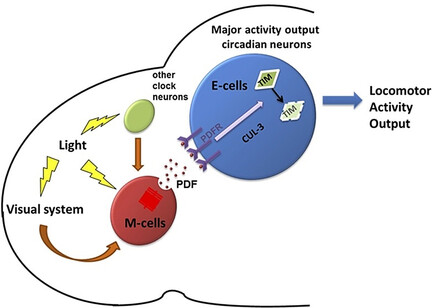
Circadian rhythms are present in most if not all animals, plants, and even photosynthetic cyanobacteria. These cyanobacterial clocks as well as plant clocks are very different from those of animals, with no credible homology between the different clock proteins. Therefore circadian rhythms probably emerged multiple times in evolution, which underscores their importance.
Time Travels: A 40-Year Journey from Drosophila's Clock Mutants to Human Circadian Disorders (Nobel Lecture)
- First Published: 13 July 2018
On the Development of Electron Cryo-Microscopy (Nobel Lecture)
- First Published: 09 July 2018
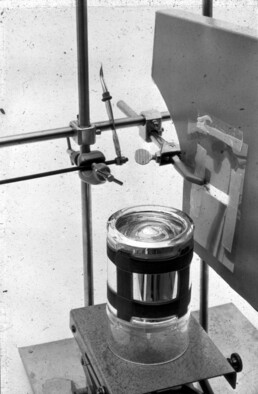
An electron microscope must operate under vacuum which means that any observed biological specimen must be dry. When water is removed, however, the molecules stick to each other. J. Dubochet describes in his Nobel lecture the solution to this dilemma that paved the way to electron-cryo microscopy: suspension of the specimen in vitrifying water.
Single-Particle Reconstruction of Biological Molecules—Story in a Sample (Nobel Lecture)
- First Published: 06 July 2018
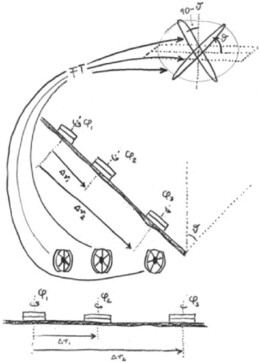
Pictures tell a thousand words: The development of single-particle cryo-electron microscopy set the stage for high-resolution structure determination of biological molecules. In his Nobel lecture, J. Frank describes the ground-breaking discoveries that have enabled the development of cryo-EM. The method has taken biochemistry into a new era.
From Electron Crystallography to Single Particle CryoEM (Nobel Lecture)
- First Published: 09 July 2018
2017
Mechanically Interlocked Molecules (MIMs)—Molecular Shuttles, Switches, and Machines (Nobel Lecture)
- First Published: 16 August 2017
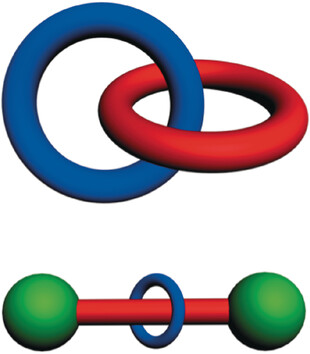
Chemistry welcomes a new bond: The mechanical bond has endowed molecules with component parts whose movements can be controlled and monitored. In his Nobel Lecture, J. F. Stoddart describes how being able to template the formation of mechanically interlocked molecules has led to the design and synthesis of shuttles, switches, and machines at the nanoscale.
From Chemical Topology to Molecular Machines (Nobel Lecture)
- First Published: 20 June 2017
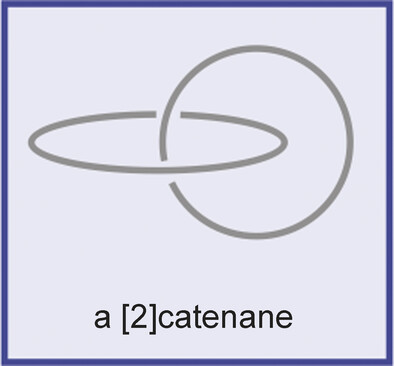
Magic rings: The field of molecular machines has its origins in the synthesis of catenanes and rotaxanes. J.-P. Sauvage describes in his Nobel Lecture the beginnings of this research and the developments that led to the first molecular muscles and machines whose movement can be directed “from the outside” in a controlled manner.
The Art of Building Small: From Molecular Switches to Motors (Nobel Lecture)
- First Published: 27 July 2017
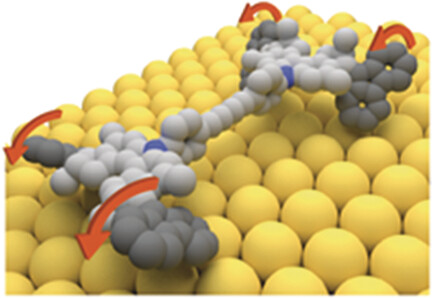
A journey into the nano-world: The ability to design, use and control motor-like functions at the molecular level sets the stage for numerous dynamic molecular systems. In his Nobel Lecture, B. L. Feringa describes the evolution of the field of molecular motors and explains how to program and control molecules by incorporating responsive and adaptive properties.
2016
Artemisinin—A Gift from Traditional Chinese Medicine to the World (Nobel Lecture)
- First Published: 04 August 2016
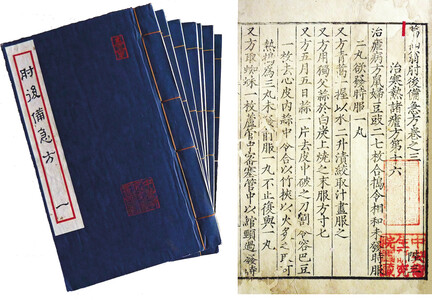
Malaria has long been a devastating and life-threatening global epidemic disease in human history. Artemisinin, the active substance against malaria, was first isolated and tested in the 1970s in China. The important role played by traditional Chinese medicine in the discovery of artemisinin is described by Y. Tu in her Nobel Lecture.
A Splendid Gift from the Earth: The Origins and Impact of the Avermectins (Nobel Lecture)
- First Published: 20 July 2016
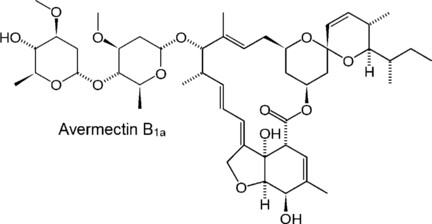
Japanese soil was the origin of one of the most important drugs of the world: ivermectin. No other drug has such importance for the health of millions of people, particularly in the poor regions of the world. The discovery of the parent compounds of the avermectines is described first hand by S. Ōmura.
Ivermectin: A Reflection on Simplicity (Nobel Lecture)
- First Published: 31 May 2016
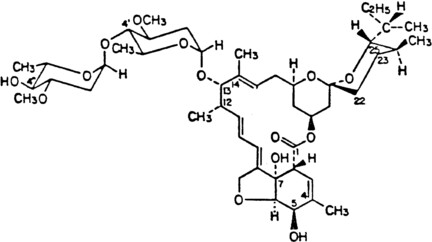
Parasitic diseases including river blindness and lymphatic filariasis affect hundreds of millions of people annually. The discovery of the drug ivermectin has provided humankind with a powerful new means to combat these severe diseases. To a very large extent the drug was brought about by “simple” science.
Mechanisms of DNA Repair by Photolyase and Excision Nuclease (Nobel Lecture)
- First Published: 23 June 2016
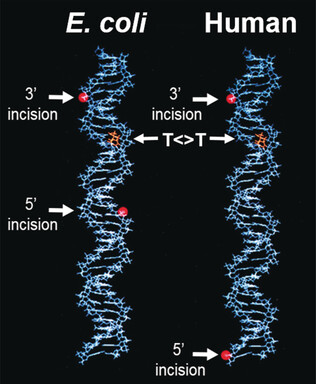
Ultraviolet light damages DNA by converting two adjacent thymines into a thymine dimer which is potentially mutagenic, carcinogenic, or lethal to the organism. This damage is repaired by photolyase and the nucleotide excision repair system in E. coli by nucleotide excision repair in humans. The work leading to these results is presented by Aziz Sancar in his Nobel Lecture.
Mechanisms in E. coli and Human Mismatch Repair (Nobel Lecture)
- First Published: 20 May 2016
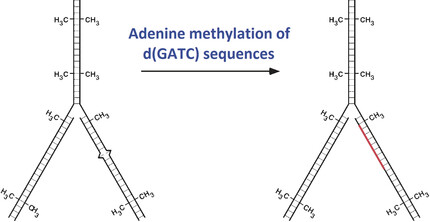
DNA molecules are not completely stable, they are subject to chemical or photochemical damage and errors that occur during DNA replication resulting in mismatched base pairs. Through mechanistic studies Paul Modrich showed how replication errors are corrected by strand-directed mismatch repair in Escherichia coli and human cells.
2015
Single-Molecule Spectroscopy, Imaging, and Photocontrol: Foundations for Super-Resolution Microscopy (Nobel Lecture)†
- First Published: 18 June 2015

In the early 90s, many fascinating physical effects were observed when ensemble averaging was removed to allow study of individual molecules. The imaging of single molecules as well as observations of spectral diffusion, optical switching, and the ability to select different single molecules in the same focal volume by tuning the pumping laser frequency provided important forerunners of the later super-resolution microscopy with single molecules.
Nanoscopy with Focused Light (Nobel Lecture)†
- First Published: 18 June 2015

A picture is worth a thousand words—This doesn't only apply to everyday life but also to the natural sciences. It is, therefore, probably not by chance that the historical beginning of modern natural sciences very much coincides with the invention of light microscopy. S. W. Hell shows in his Nobel Lecture that the diffraction resolution barrier has been overcome by using molecular state transitions (e.g. on/off) to make nearby molecules transiently discernible.





